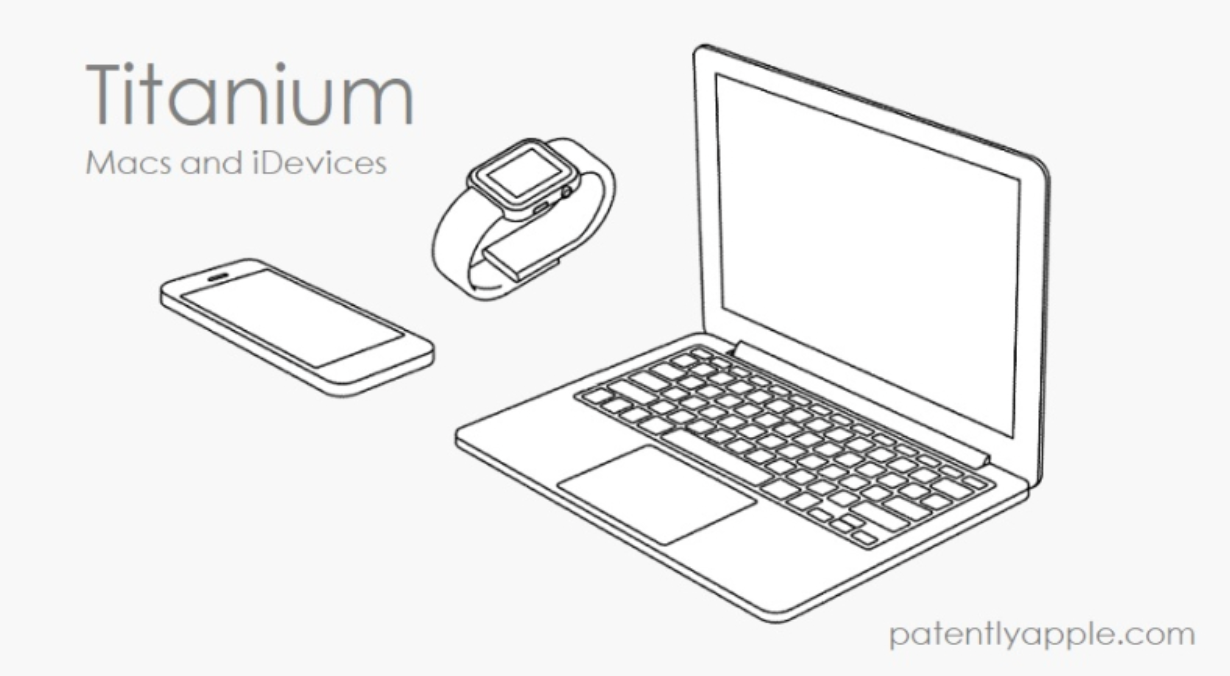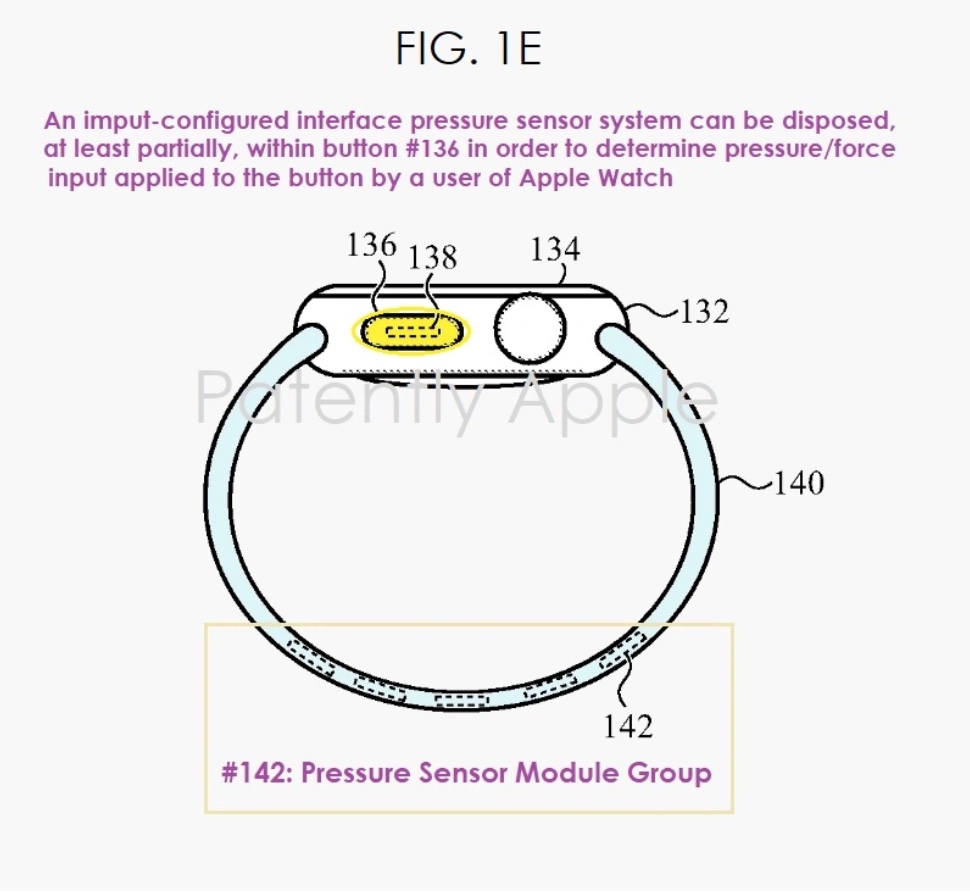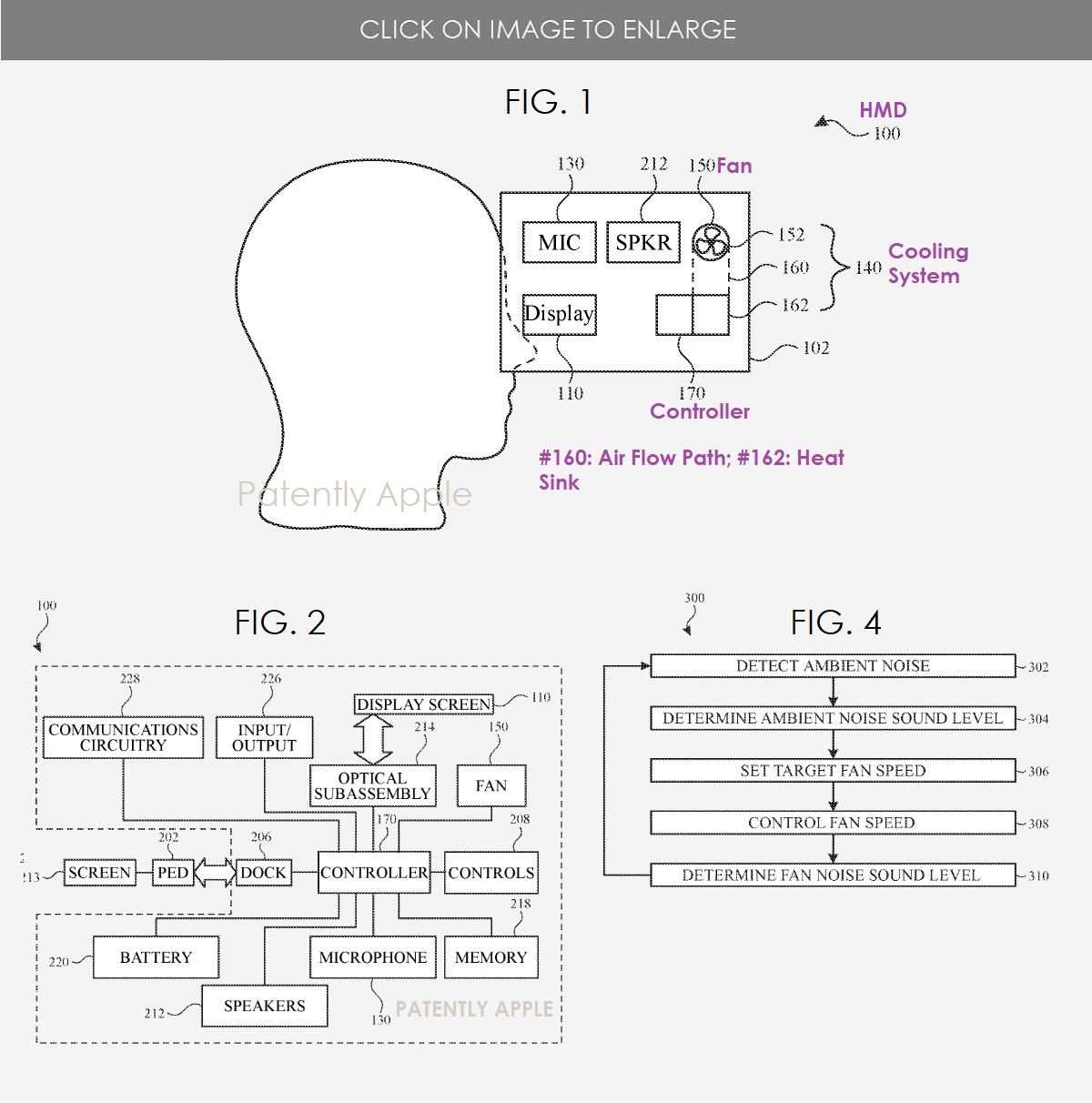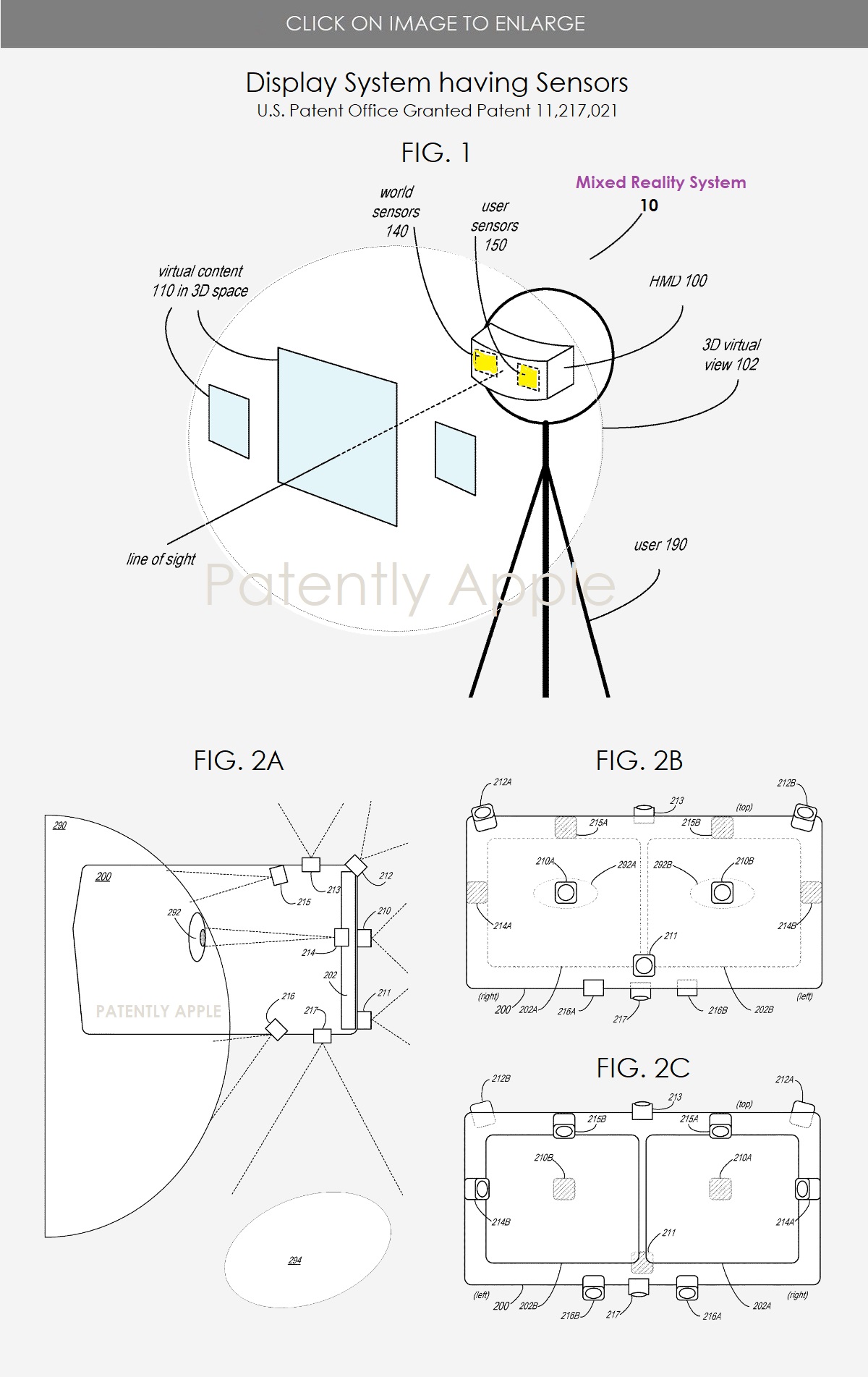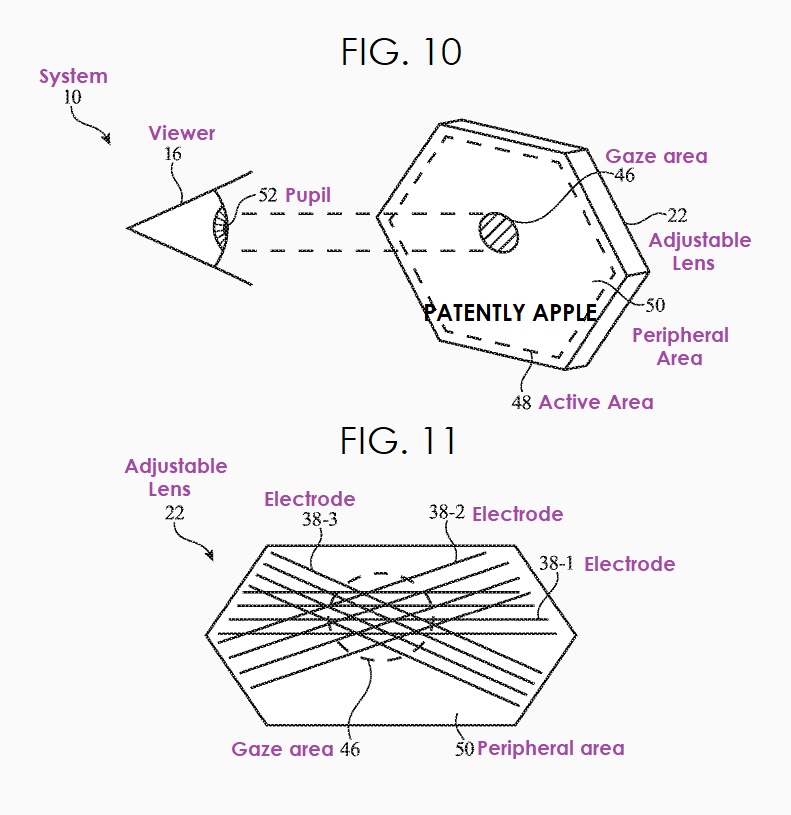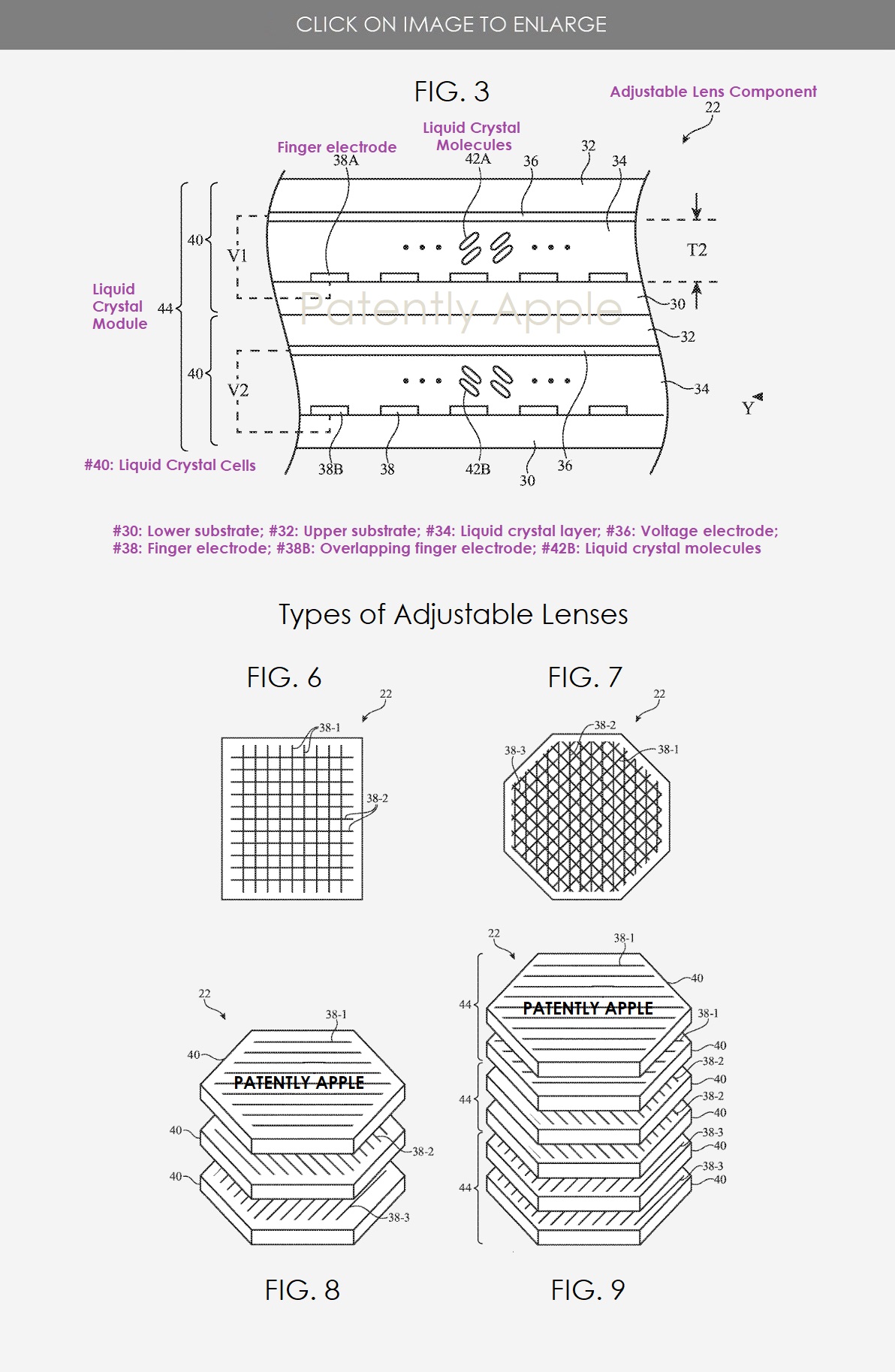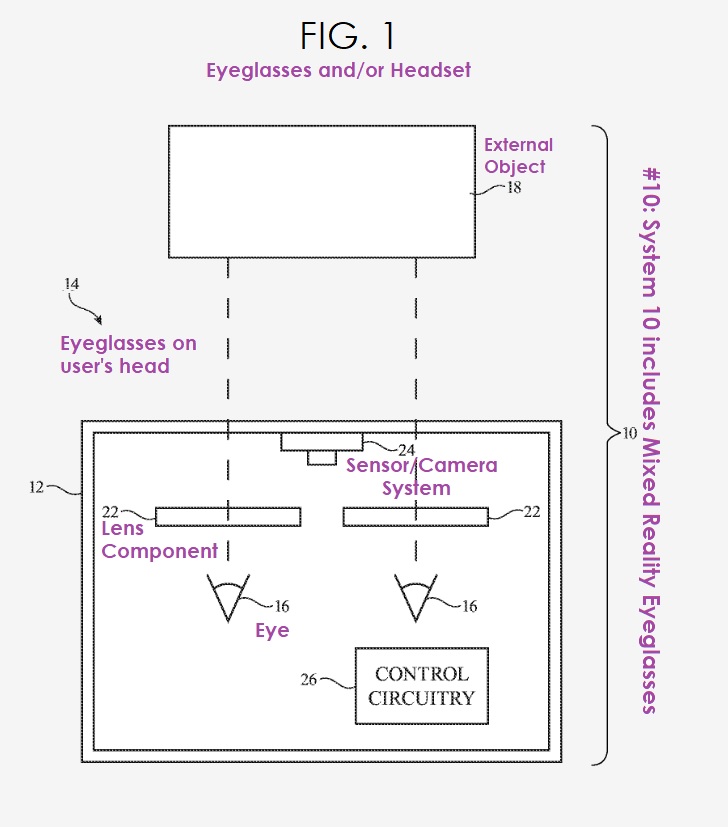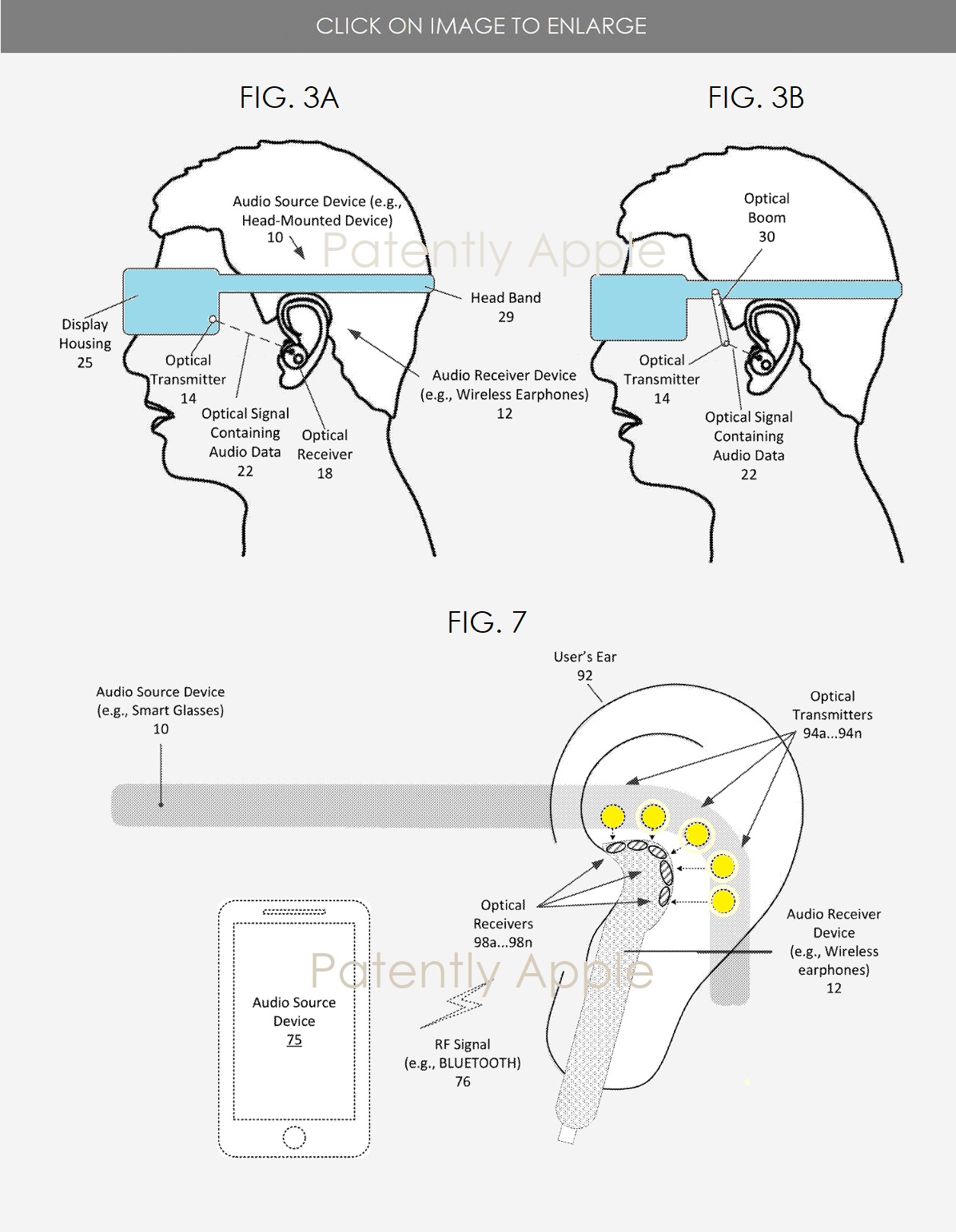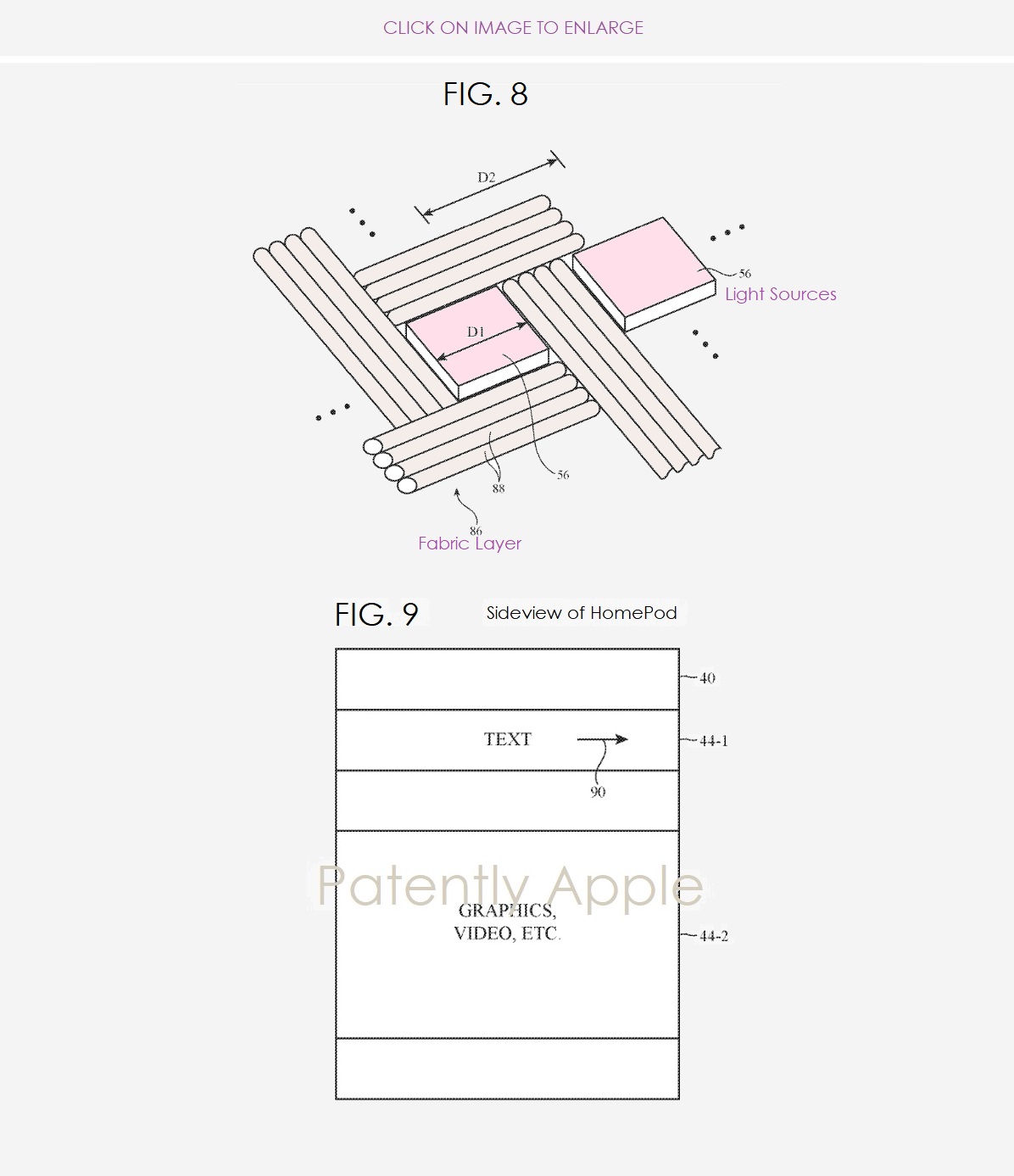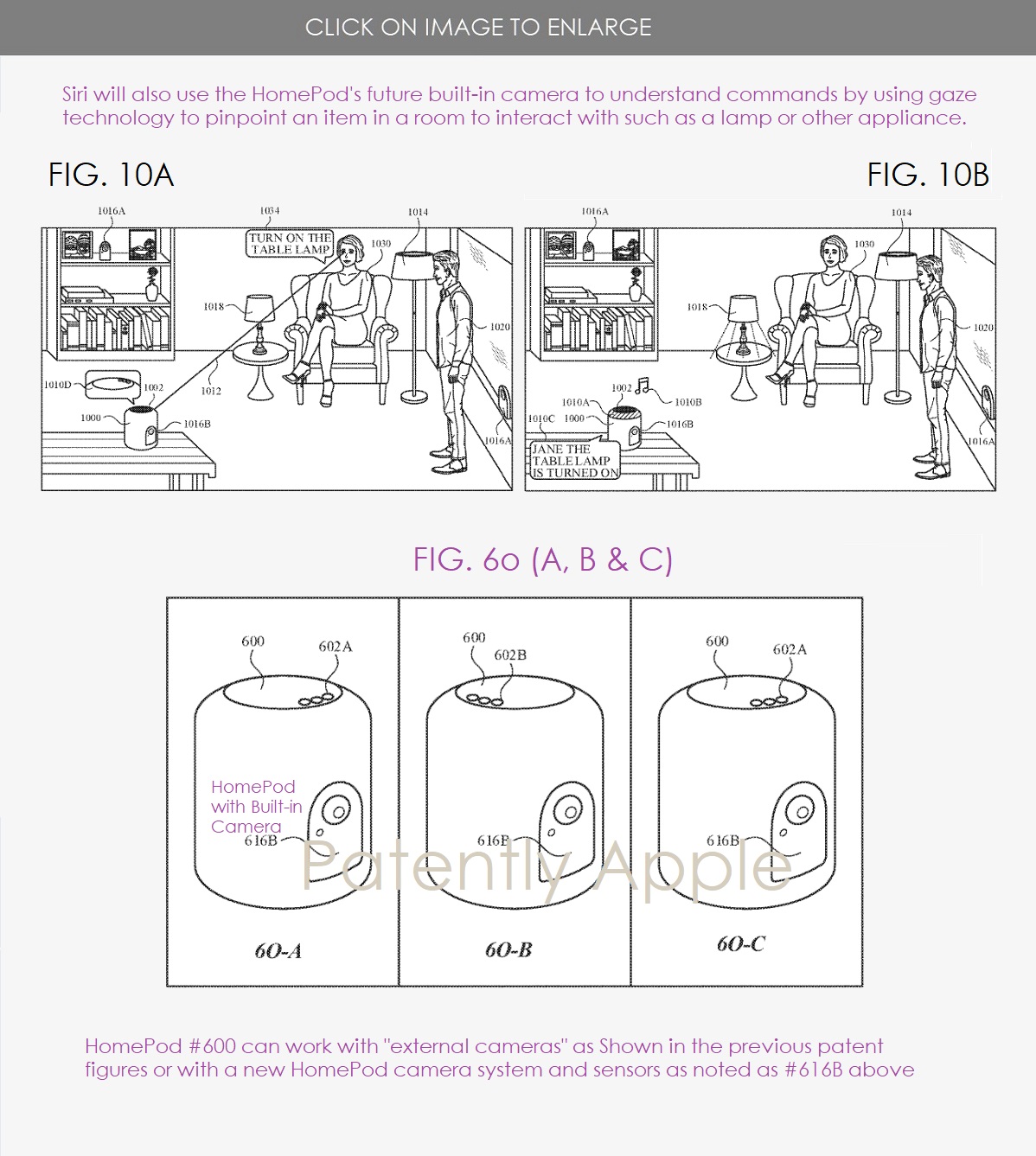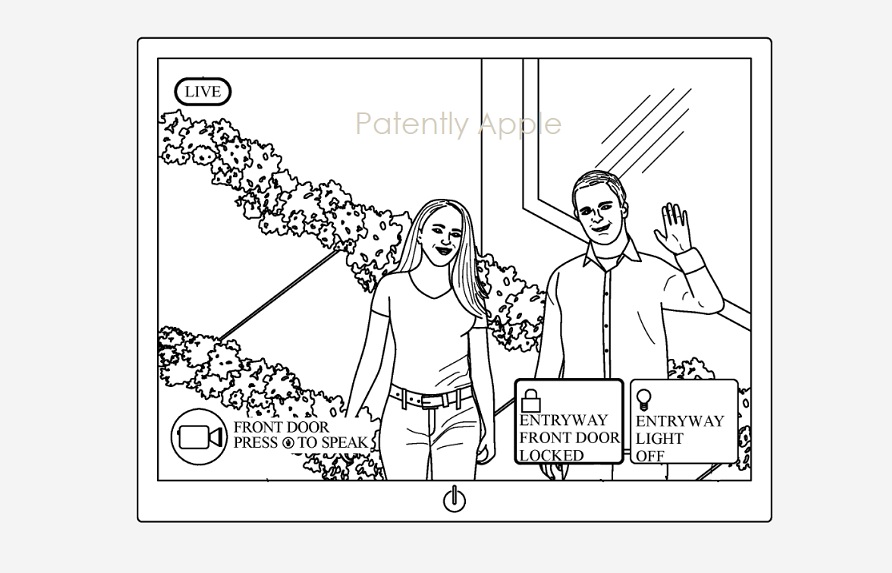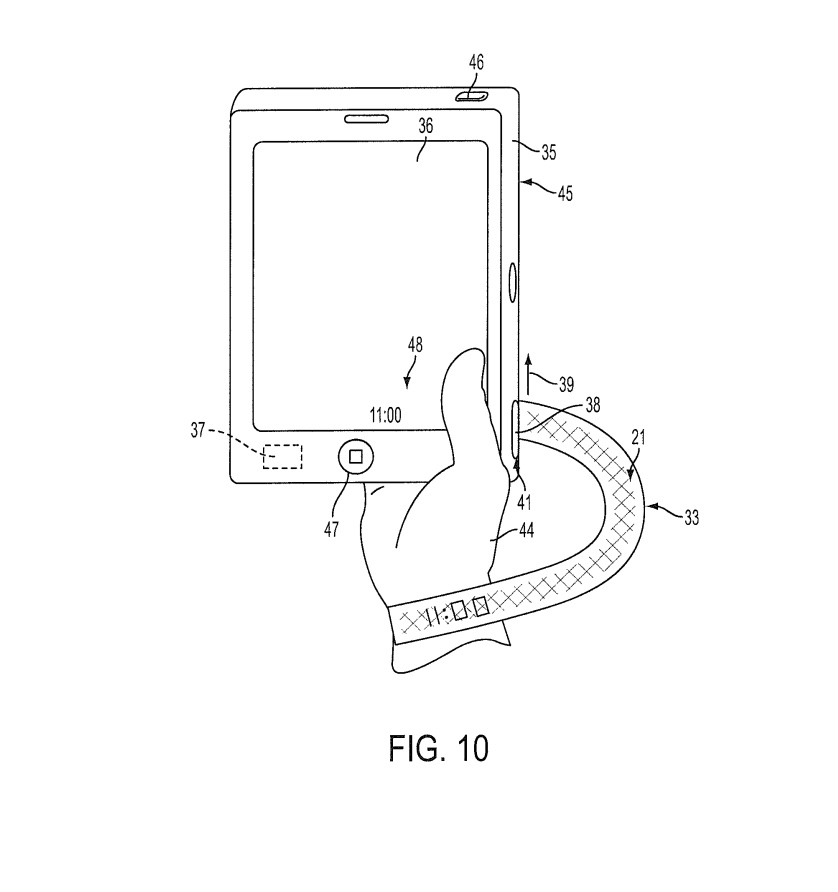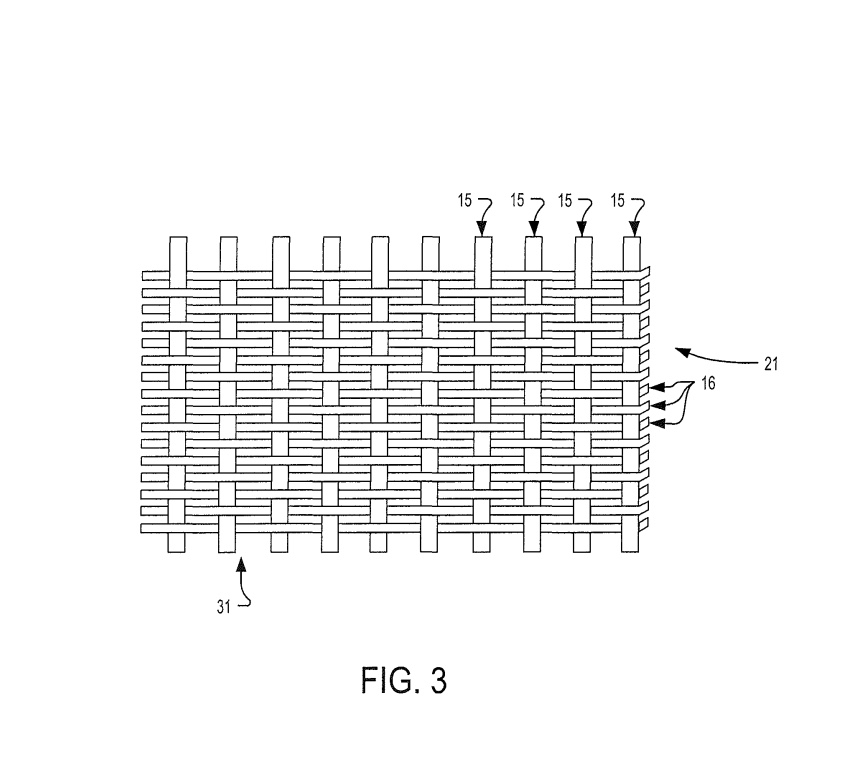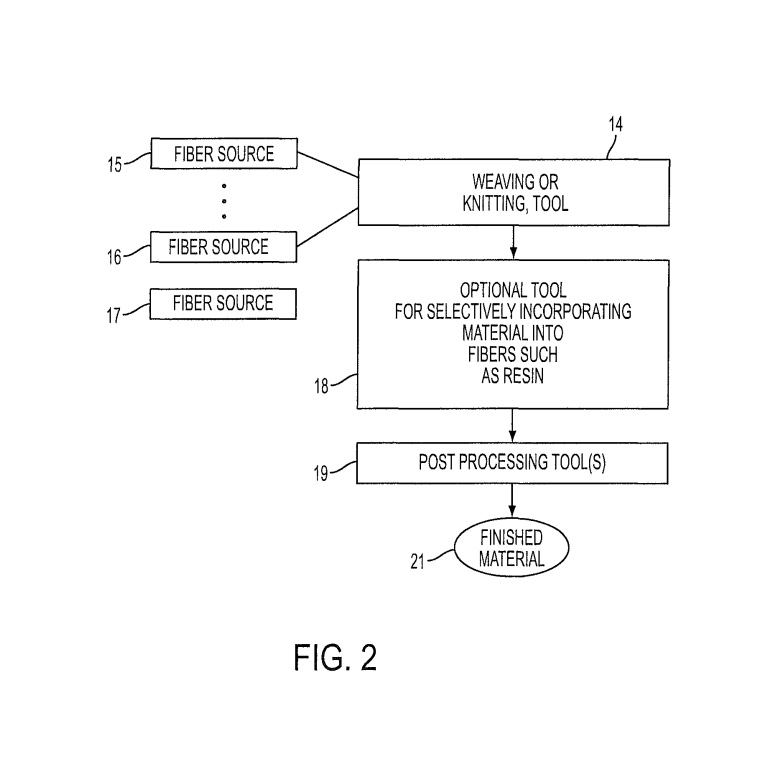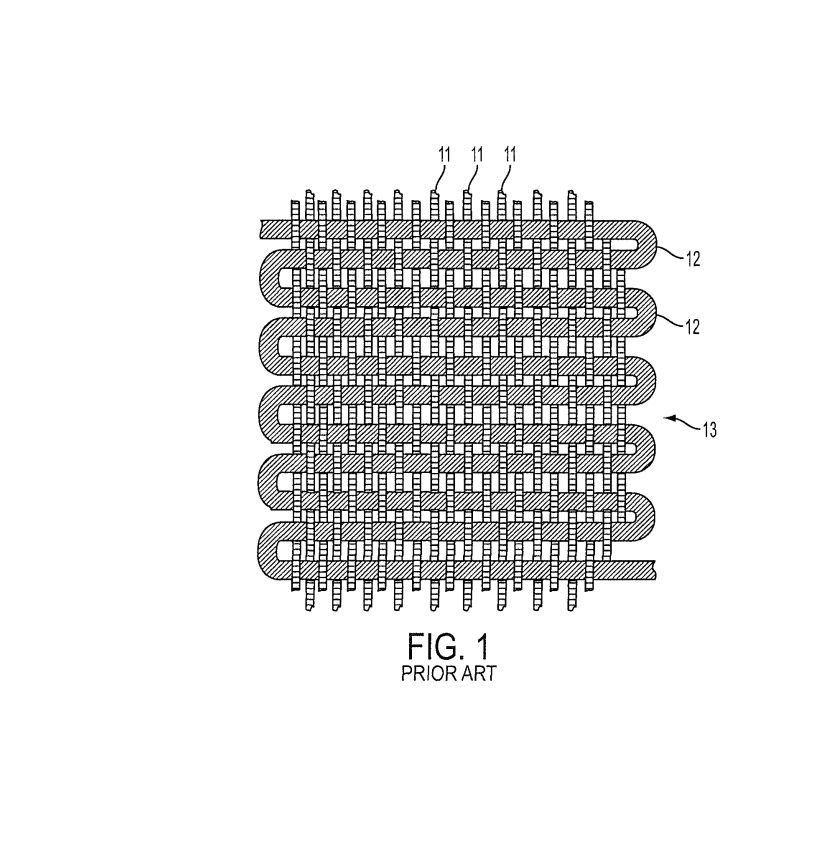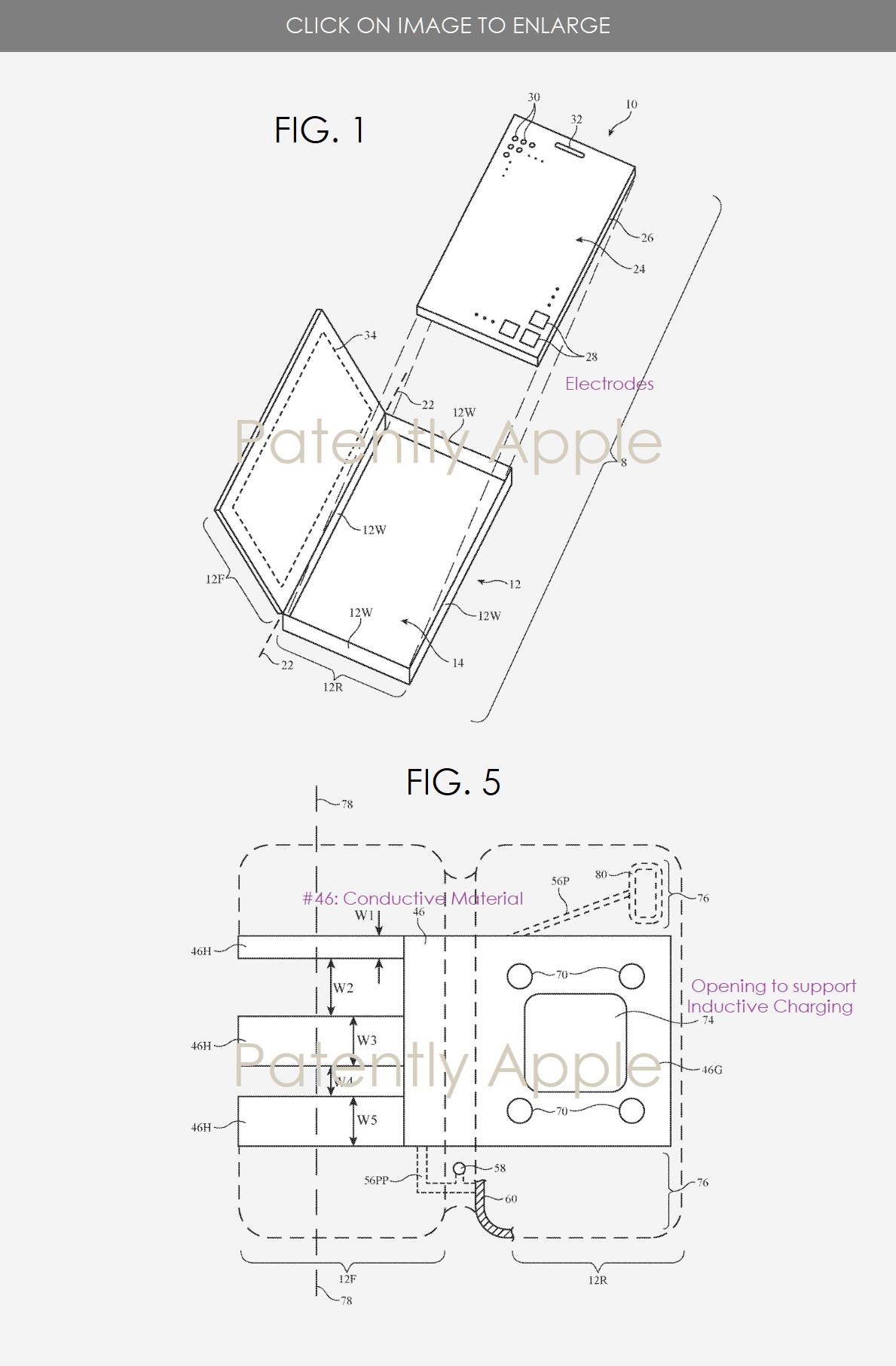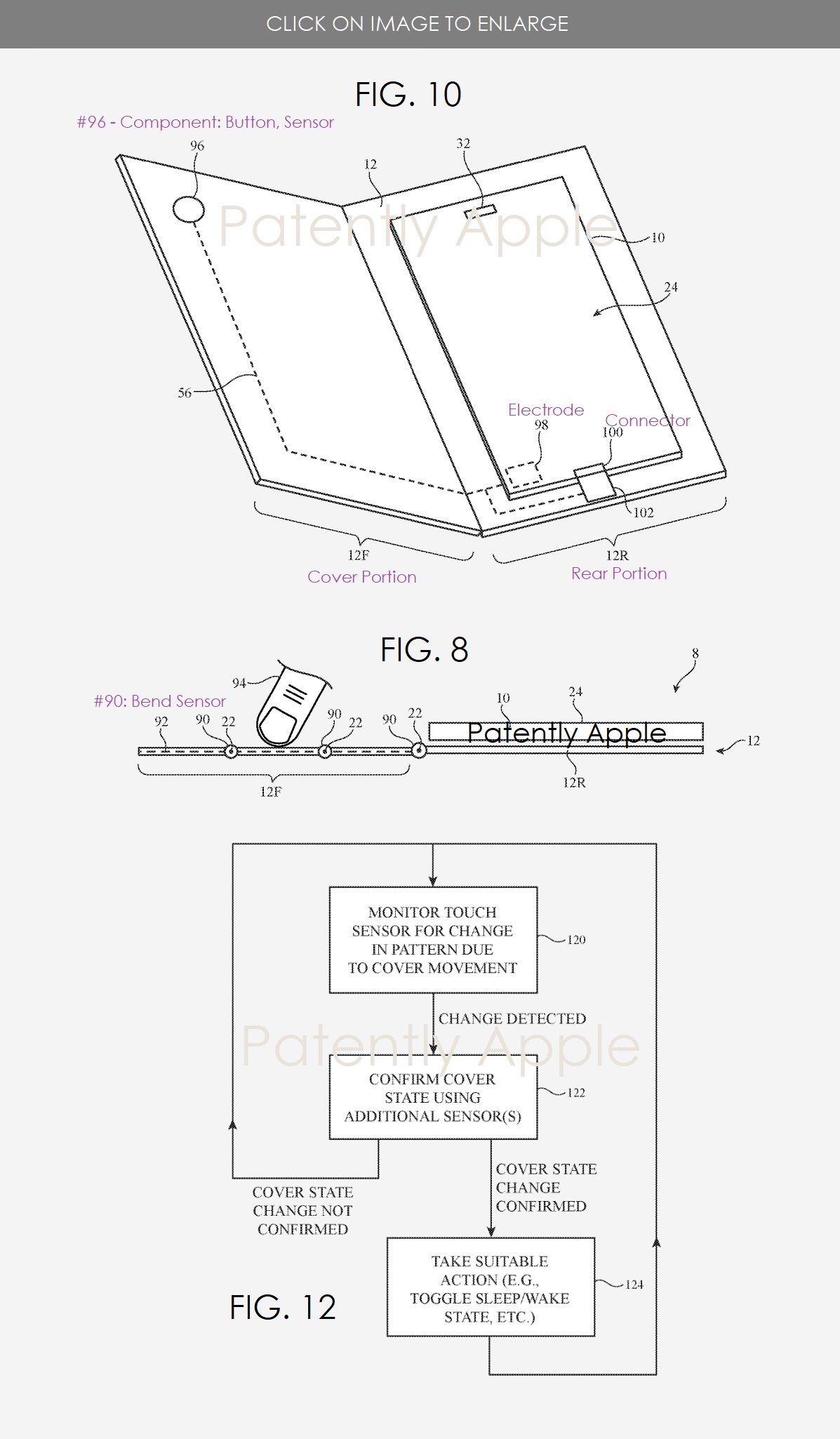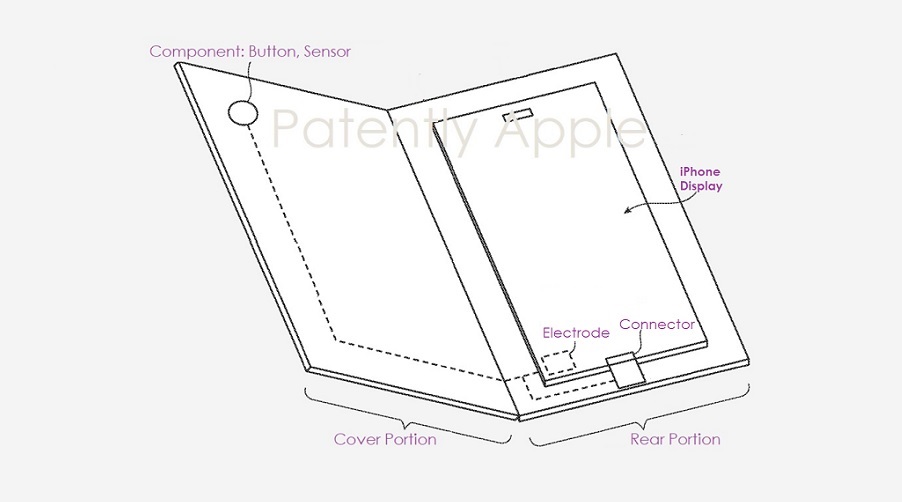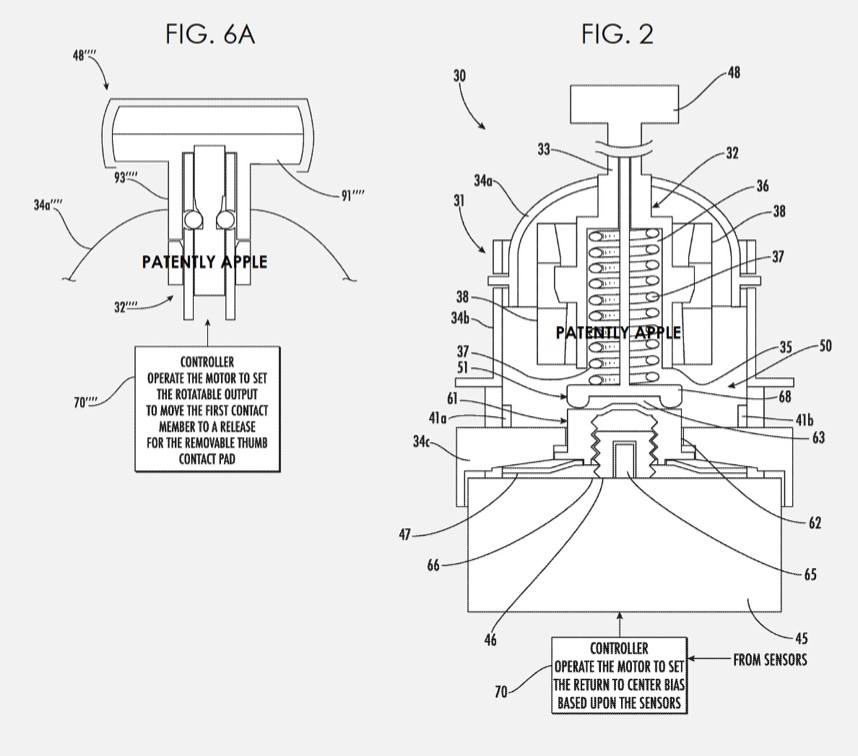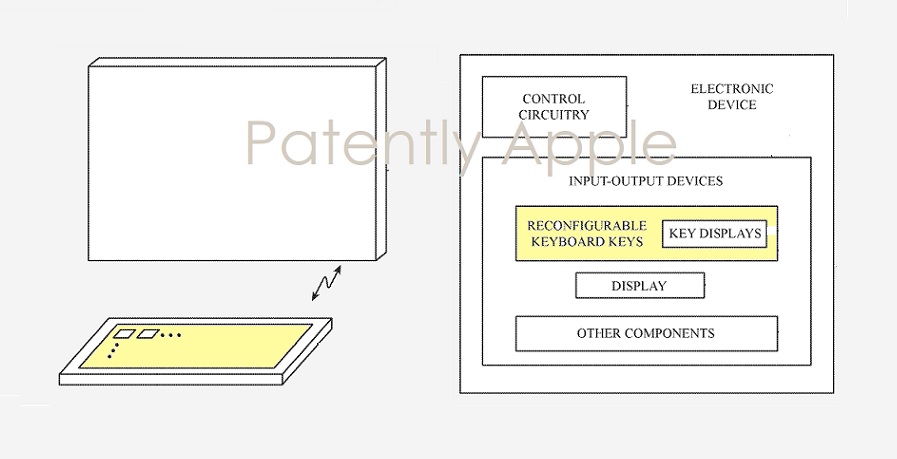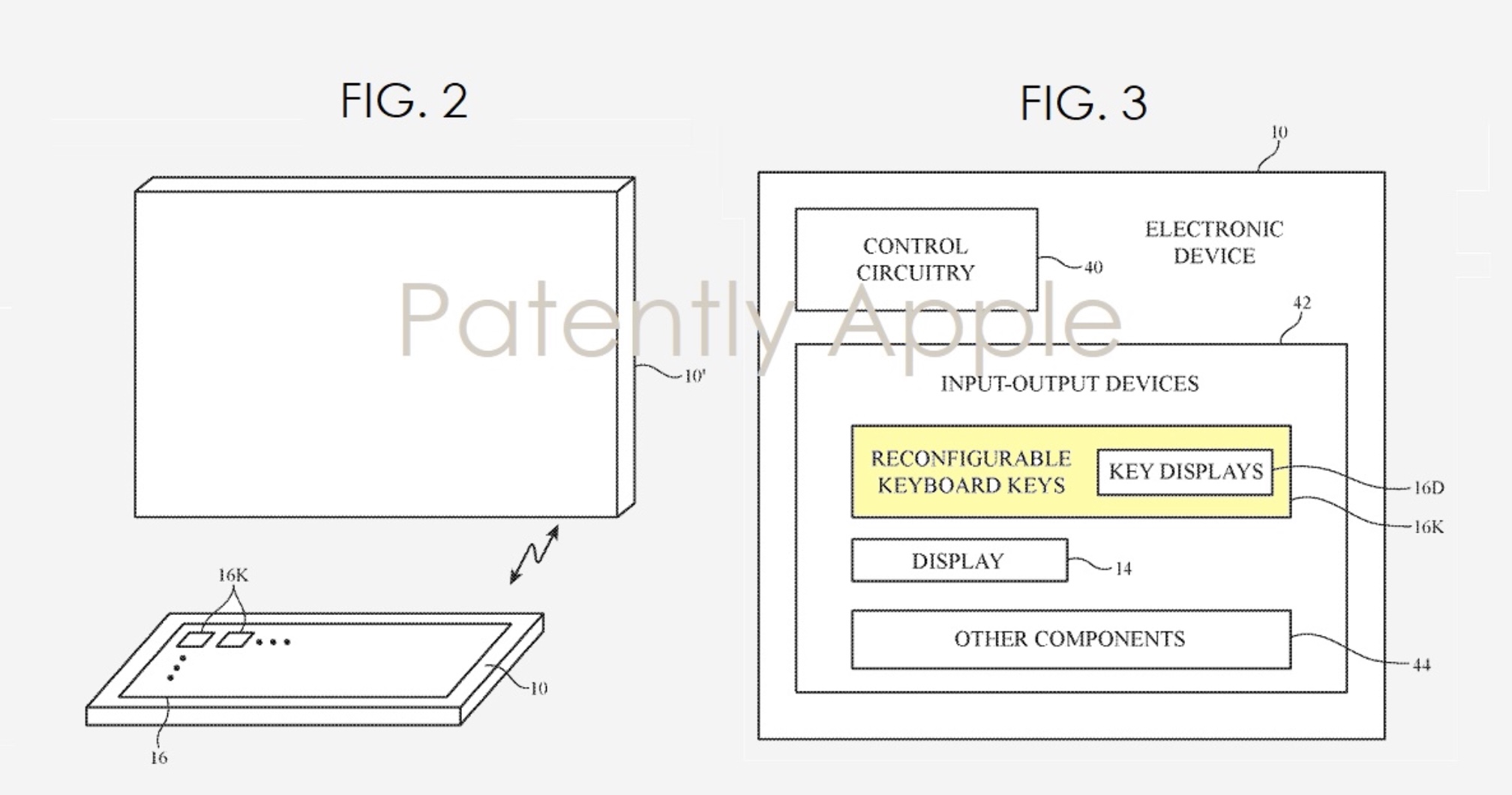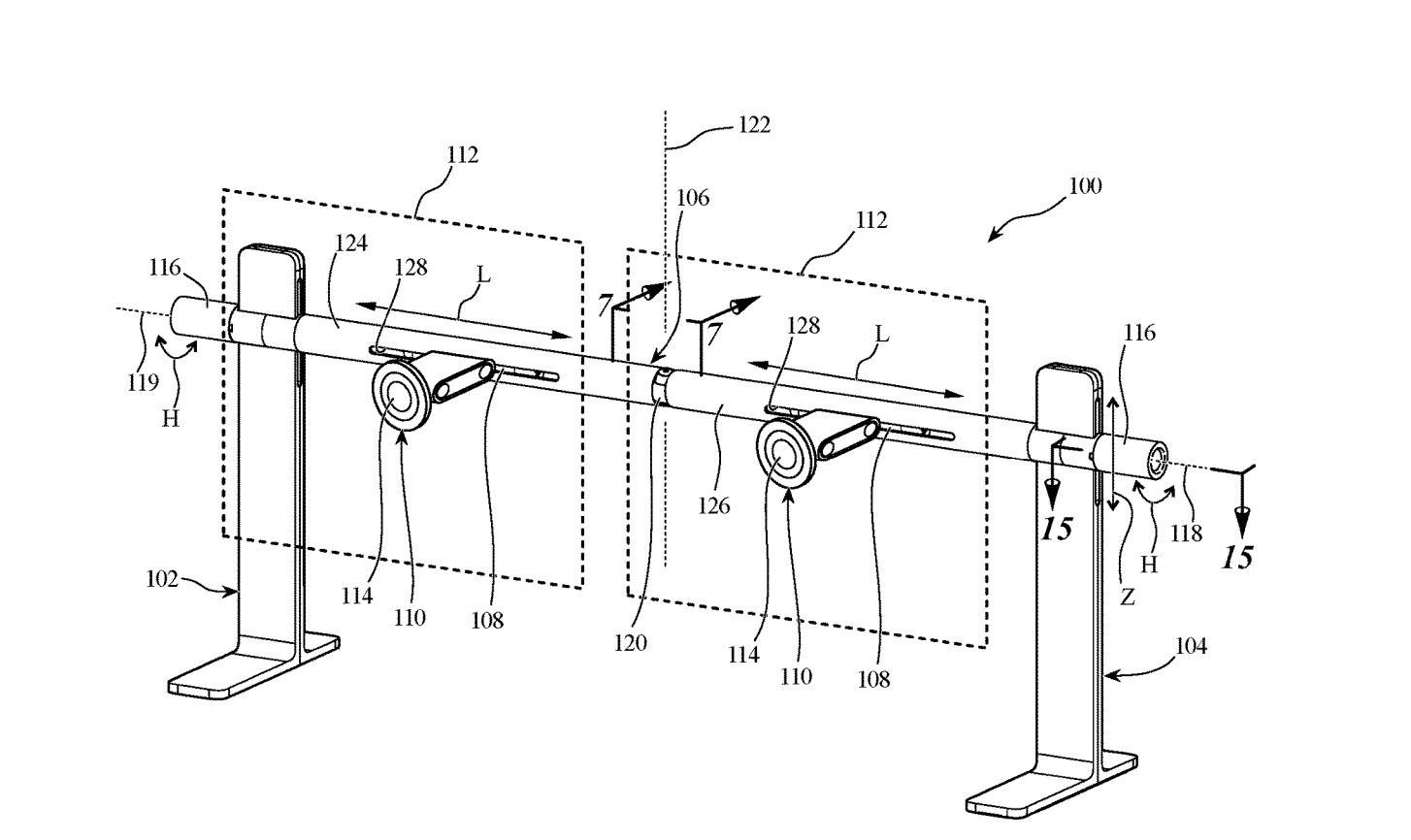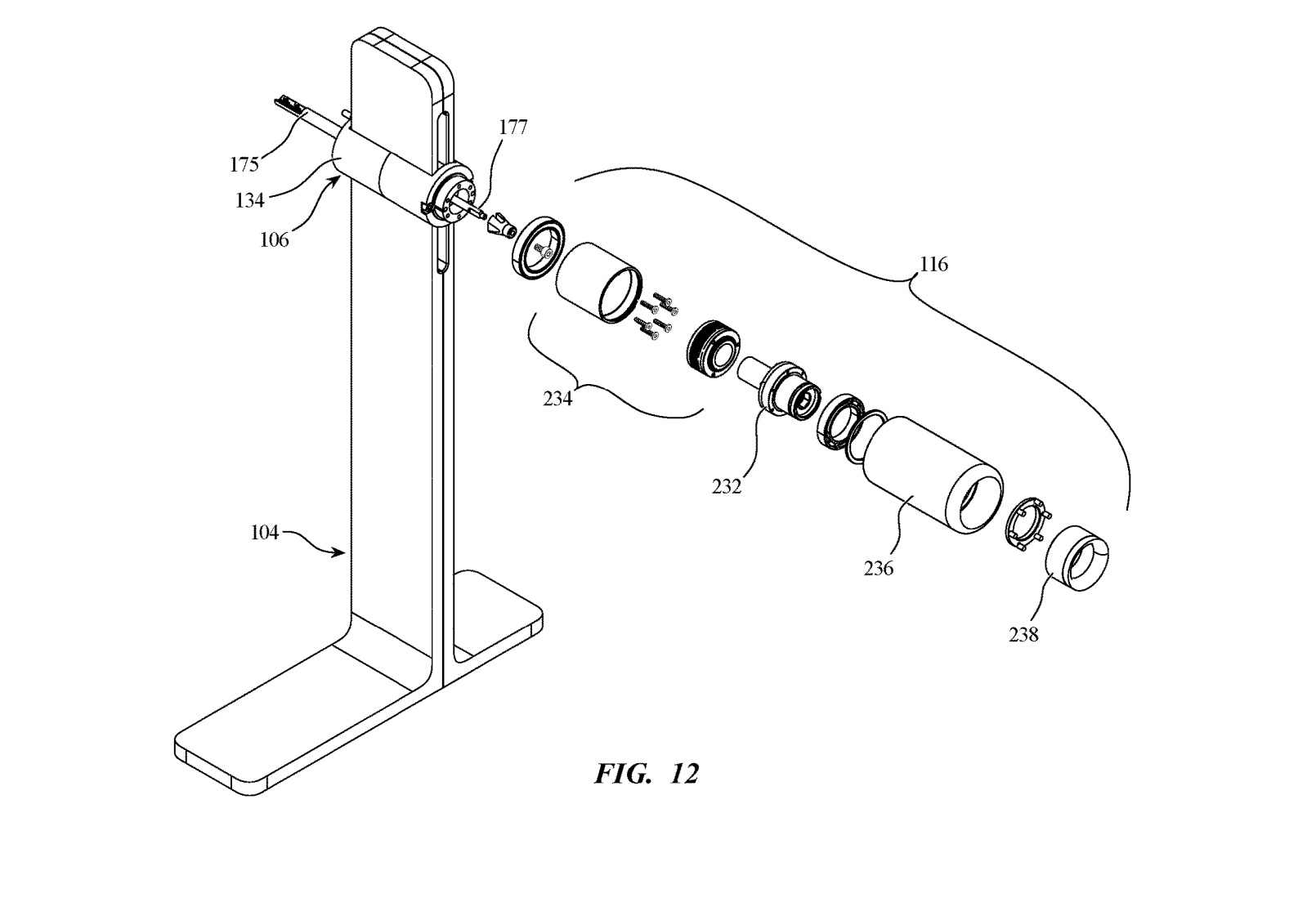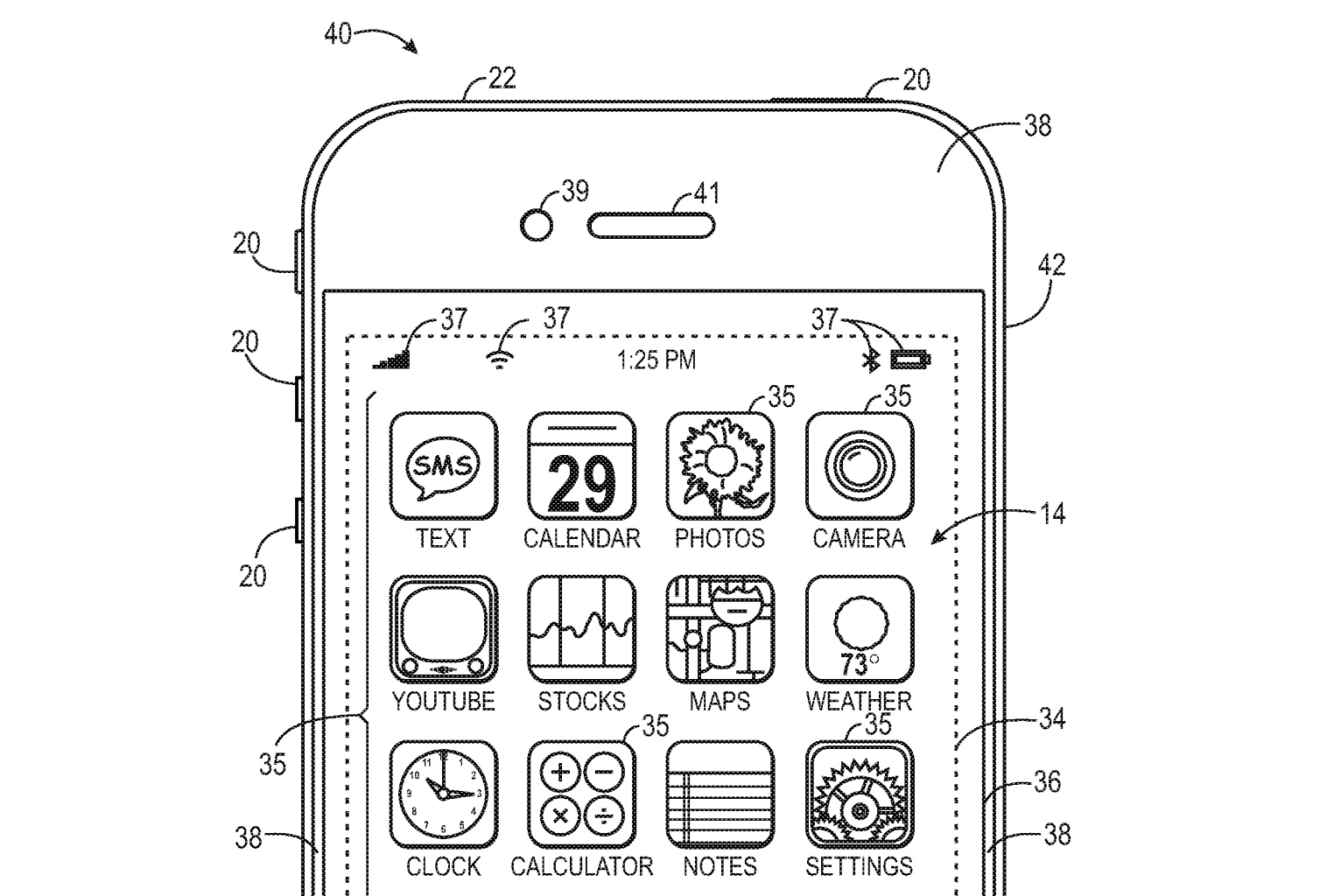Technology companies have their patents confirmed by the relevant authorities on a daily basis. This is the legal protection of "inventions" guaranteeing the patent owner the exclusive right to its industrial use. If someone then wants to use it, of course they have to pay the owner for it. And if not, there is one trial after another.
You may have seen a "biographical" film about our greatest genius, which would have playfully poked Steve Jobs in the pocket. Unfortunately, Jára Cimrman was quite unlucky in that he was always second in line. Even so, he went to the patent office with a created invention that already physically existed. If it was enough to bring him only drawings before its implementation, as is the case with many offices now, maybe the whole world would know him.
As they say in Czech Wikipedia, patents are granted for inventions that are new, are the result of inventive activity and are industrially usable. An invention is considered new if it is not part of the state of the art. The state of the art is everything that was published before the date of filing the patent, whether in the Czech Republic or abroad. In the Czech Republic, the granting of patents is governed by Act No. 527/1990 Coll., on Inventions and Improvement Proposals. On the contrary, the following are not considered to be inventions: scientific theories and mathematical methods, mere external modifications of products, computer programs, plans, rules and methods of performing mental activity or mere presentation of information.
It could be interest you

Unclear future
It is therefore clear that patents can be viewed from two perspectives. The first is that if I invent something, even if I don't implement it yet, I want to ensure with patent protection that if someone else comes up with the same solution, he will no longer receive protection. The second is that if he wants to use the given principle in his solution, he will have to pay me for having already invented it.
With regard to mobile and modern technologies, we are constantly faced with which authority has approved which patent. This information goes around the world and then is usually forgotten. The point of companies is that whatever stupidity they come up with, they get credit for it. You never know what will catch on and start using.
Nowadays, these patents often look unbelievable, and it is also a question whether it would even be possible to implement them. It is quite possible that their appearance and description may determine future trends, but more in the sense that companies would like to go, rather than in which they actually go. Realization will really happen only per million of them. All such information should be seen as interesting rather than a vision of the near future that we should really look forward to.
 Adam Kos
Adam Kos 
